The Many Types of Sexual Orientation
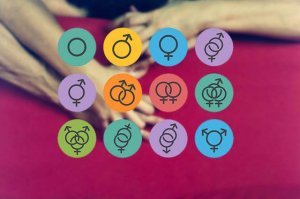
Sexual orientation and feelings of interpersonal attraction develop in the adolescent stage, from the ages of 12 to 16. Most human beings are attracted to the opposite sex, with a smaller portion being attracted to the same sex or both sexes.
Whatever the case may be, interpersonal attraction is conditioned by biopsychosocial factors. This becomes evident when an emotion is so powerful that it makes us choose one person over another, even when the choice is poorly understood or not normative.
Sexual behavior is complex. Behavior isn’t the only factor that affects sexual orientation. Age, situations, fantasies, and affections also affect it. The APA, or American Psychological Association, states that any sexual conduct that doesn’t physically or spiritually harm the individual, his or her partner, or third parties, should be considered a sexual variant and therefore must be respected.
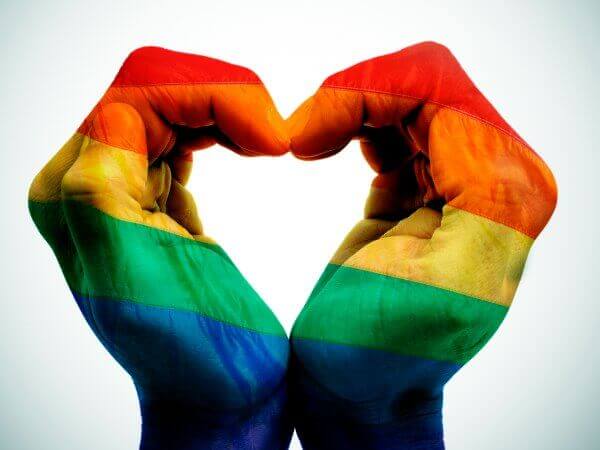
“With respect to the question of relationships, my general view is that freedom means freedom for everyone. People… ought to be free to enter into any kind of relationship they want to.”
-Dick Cheney
Types of sexual orientation
Sexual orientation refers to a pattern of sexual, emotional, or romantic attraction to a certain group of people defined by their sex. Four main groups make up sexual orientation.
People attracted to the opposite sex are heterosexual. Homosexuals are attracted to members of the same sex. Bisexuals are people who are attracted to both sexes. Finally, asexuals have no sexual orientation.
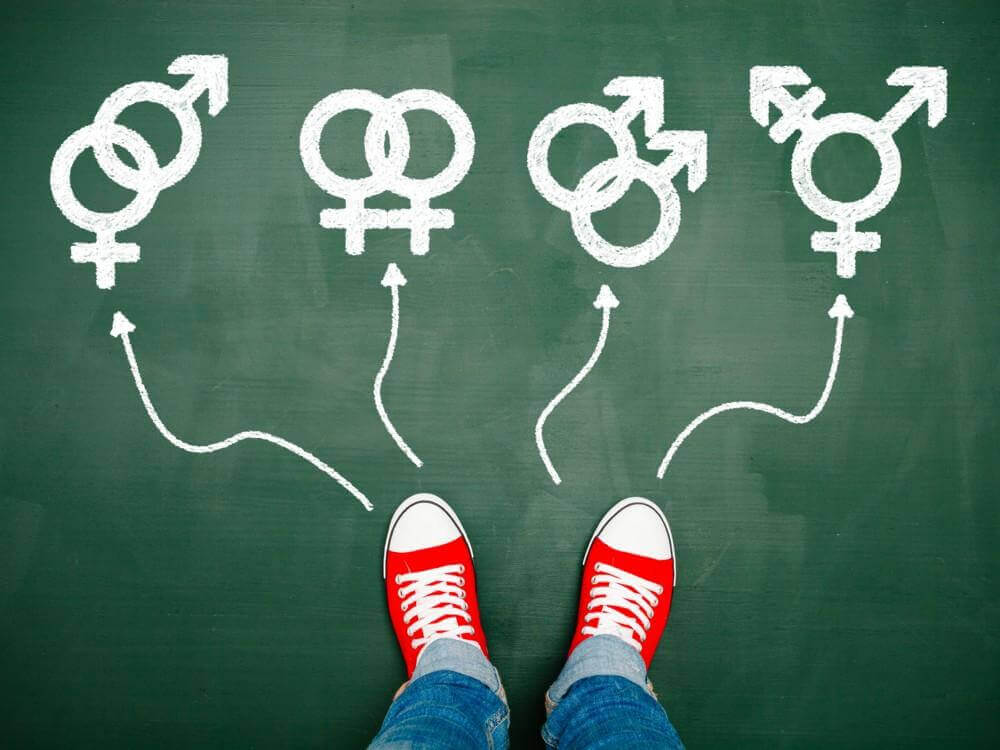
Although the main dichotomy of sexuality is still heterosexuality-homosexuality, heterogeneity in terms of sexual orientation is increasing and new terms are being created every day. Among these newer trends, we find those that are based on subjective phenomena, such as:
- Pansexuality. Also referred to as omnisexuality, polysexuality, or trisexuality. This sexual orientation is characterized by sexual or romantic attraction to others regardless of their sex and gender. Therefore, pansexuals may be attracted to men, women, and also to those who don’t identify with either gender, including, for example, intersexuals, transsexuals, and intergenders.
- Demisexuality. Demisexuality is characterized by the appearance of sexual attraction only in some cases, and only when a strong emotional or intimate bond has been established.
- Lithsexuality. People with this type of sexual orientation experience attraction to others, but don’t feel the need for it to be reciprocated.
- Autosexuality. Attraction towards oneself. It’s like a certain type of self-love.
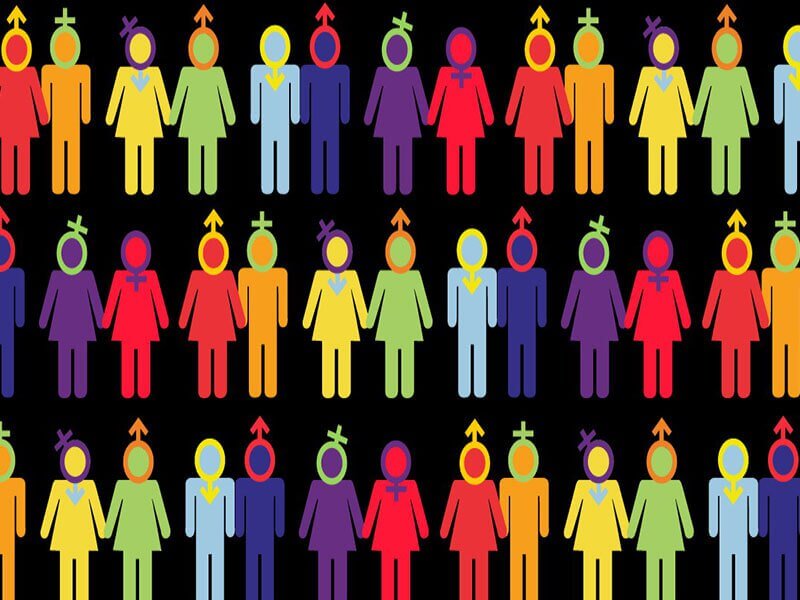
Many of these labels didn’t originate in the fields of psychology or biology, as the terms heterosexual and homosexual did. Instead, they appeared as part of a social movement in favor of equality. The goal of this movement was to vindicate and give visibility to the different ways of experiencing sexuality.
We didn’t include transsexual people in this section, because the sexual orientation of a transsexual person is independent of their gender orientation. For example, a man can identify as a woman and be a lesbian or heterosexual.
“Be who you are and say what you feel, because those who mind don’t matter, and those who matter don’t mind.”
–Dr. Seuss
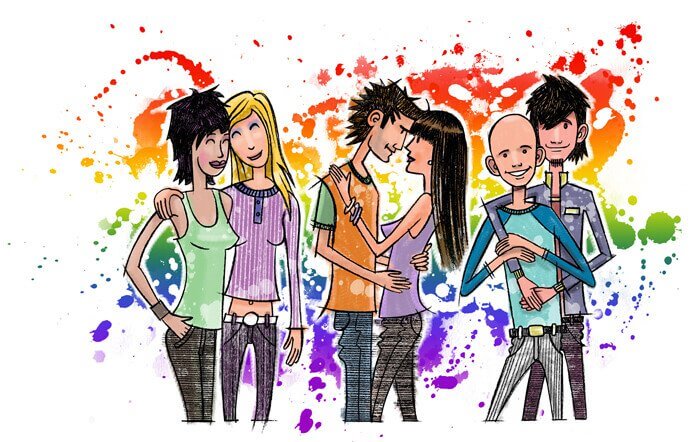
Historical stages of sexual diversity
Sexuality is a social construct, so interpretations about the expressions of sexuality have varied with context and historical era. Thus, for example, the role played by religious and moral values has had a great influence on the construction of public opinion on different sexual orientations throughout history. Leading, in many cases, to stigmatization and even negation of the existence of different sexualities.
The fight for respect for sexual diversity is still a challenge today, one that varies by culture. The very concept of sexual diversity is an intense debate regarding the visibility of established identities and categories.
The detractors of homosexual relationships base their arguments on the questionable hypothesis that homosexuality is unnatural. In recent years, more and more biologists are objectively examining homosexual behavior in animals. Diversity in sexual orientation has been found in more than 450 animal species, but homophobia is only found in one. So which is more unnatural?
“I am gay. How and why I am are unnecessary questions. Like wanting to know why my eyes are green.”
-Jean Genet
References
APA, A. A. D. P. (1983). Manual diagnóstico y estadístico de los trastornos mentales ([DSM-IV]).
Ardila, R., & Ardila, R. (1998). Homosexualidad y psicología.
Castañeda, M., & Castañeda, M. (1999). La experiencia homosexual: Para comprender la homosexualidad desde dentro y desde fuera.
Cortés Alfaro, A., Pérez Sosa, D., Aguilar Valdés, J., Valdés Hernández, M. M., & Taboada Fernández, B. (1998). Orientación sexual en estudiantes adolescentes. Revista Cubana de Medicina General Integral, 14(5), 450-454.
Jávega, C. C. (2001). Discriminación y orientación sexual del trabajador. Editorial Lex Nova.
Nouselles, A. M. (2004). De Sodoma a Chueca: Una historia cultural de la homosexualidad en España en el siglo XX. Egales.
Ortiz-Hernández, L. (2005). Influencia de la opresión internalizada sobre la salud mental de bisexuales, lesbianas y homosexuales. Salud mental, 28(4), 49.
Sexual orientation and feelings of interpersonal attraction develop in the adolescent stage, from the ages of 12 to 16. Most human beings are attracted to the opposite sex, with a smaller portion being attracted to the same sex or both sexes.
Whatever the case may be, interpersonal attraction is conditioned by biopsychosocial factors. This becomes evident when an emotion is so powerful that it makes us choose one person over another, even when the choice is poorly understood or not normative.
Sexual behavior is complex. Behavior isn’t the only factor that affects sexual orientation. Age, situations, fantasies, and affections also affect it. The APA, or American Psychological Association, states that any sexual conduct that doesn’t physically or spiritually harm the individual, his or her partner, or third parties, should be considered a sexual variant and therefore must be respected.

“With respect to the question of relationships, my general view is that freedom means freedom for everyone. People… ought to be free to enter into any kind of relationship they want to.”
-Dick Cheney
Types of sexual orientation
Sexual orientation refers to a pattern of sexual, emotional, or romantic attraction to a certain group of people defined by their sex. Four main groups make up sexual orientation.
People attracted to the opposite sex are heterosexual. Homosexuals are attracted to members of the same sex. Bisexuals are people who are attracted to both sexes. Finally, asexuals have no sexual orientation.

Although the main dichotomy of sexuality is still heterosexuality-homosexuality, heterogeneity in terms of sexual orientation is increasing and new terms are being created every day. Among these newer trends, we find those that are based on subjective phenomena, such as:
- Pansexuality. Also referred to as omnisexuality, polysexuality, or trisexuality. This sexual orientation is characterized by sexual or romantic attraction to others regardless of their sex and gender. Therefore, pansexuals may be attracted to men, women, and also to those who don’t identify with either gender, including, for example, intersexuals, transsexuals, and intergenders.
- Demisexuality. Demisexuality is characterized by the appearance of sexual attraction only in some cases, and only when a strong emotional or intimate bond has been established.
- Lithsexuality. People with this type of sexual orientation experience attraction to others, but don’t feel the need for it to be reciprocated.
- Autosexuality. Attraction towards oneself. It’s like a certain type of self-love.

Many of these labels didn’t originate in the fields of psychology or biology, as the terms heterosexual and homosexual did. Instead, they appeared as part of a social movement in favor of equality. The goal of this movement was to vindicate and give visibility to the different ways of experiencing sexuality.
We didn’t include transsexual people in this section, because the sexual orientation of a transsexual person is independent of their gender orientation. For example, a man can identify as a woman and be a lesbian or heterosexual.
“Be who you are and say what you feel, because those who mind don’t matter, and those who matter don’t mind.”
–Dr. Seuss

Historical stages of sexual diversity
Sexuality is a social construct, so interpretations about the expressions of sexuality have varied with context and historical era. Thus, for example, the role played by religious and moral values has had a great influence on the construction of public opinion on different sexual orientations throughout history. Leading, in many cases, to stigmatization and even negation of the existence of different sexualities.
The fight for respect for sexual diversity is still a challenge today, one that varies by culture. The very concept of sexual diversity is an intense debate regarding the visibility of established identities and categories.
The detractors of homosexual relationships base their arguments on the questionable hypothesis that homosexuality is unnatural. In recent years, more and more biologists are objectively examining homosexual behavior in animals. Diversity in sexual orientation has been found in more than 450 animal species, but homophobia is only found in one. So which is more unnatural?
“I am gay. How and why I am are unnecessary questions. Like wanting to know why my eyes are green.”
-Jean Genet
References
APA, A. A. D. P. (1983). Manual diagnóstico y estadístico de los trastornos mentales ([DSM-IV]).
Ardila, R., & Ardila, R. (1998). Homosexualidad y psicología.
Castañeda, M., & Castañeda, M. (1999). La experiencia homosexual: Para comprender la homosexualidad desde dentro y desde fuera.
Cortés Alfaro, A., Pérez Sosa, D., Aguilar Valdés, J., Valdés Hernández, M. M., & Taboada Fernández, B. (1998). Orientación sexual en estudiantes adolescentes. Revista Cubana de Medicina General Integral, 14(5), 450-454.
Jávega, C. C. (2001). Discriminación y orientación sexual del trabajador. Editorial Lex Nova.
Nouselles, A. M. (2004). De Sodoma a Chueca: Una historia cultural de la homosexualidad en España en el siglo XX. Egales.
Ortiz-Hernández, L. (2005). Influencia de la opresión internalizada sobre la salud mental de bisexuales, lesbianas y homosexuales. Salud mental, 28(4), 49.
This text is provided for informational purposes only and does not replace consultation with a professional. If in doubt, consult your specialist.







